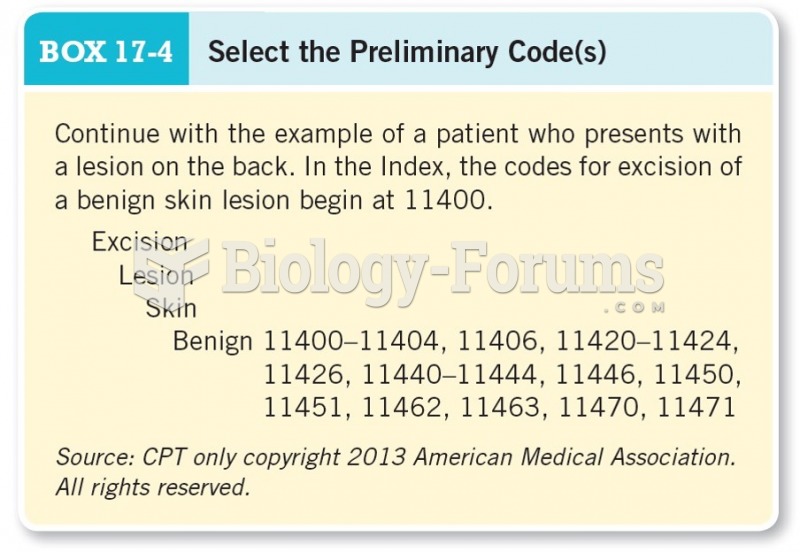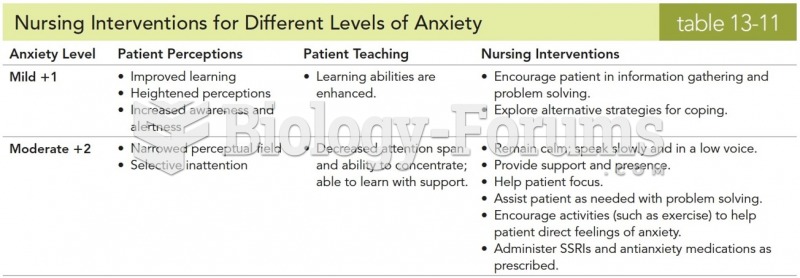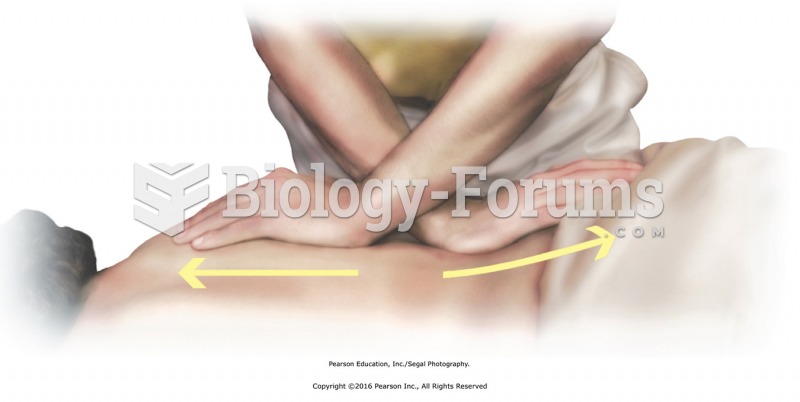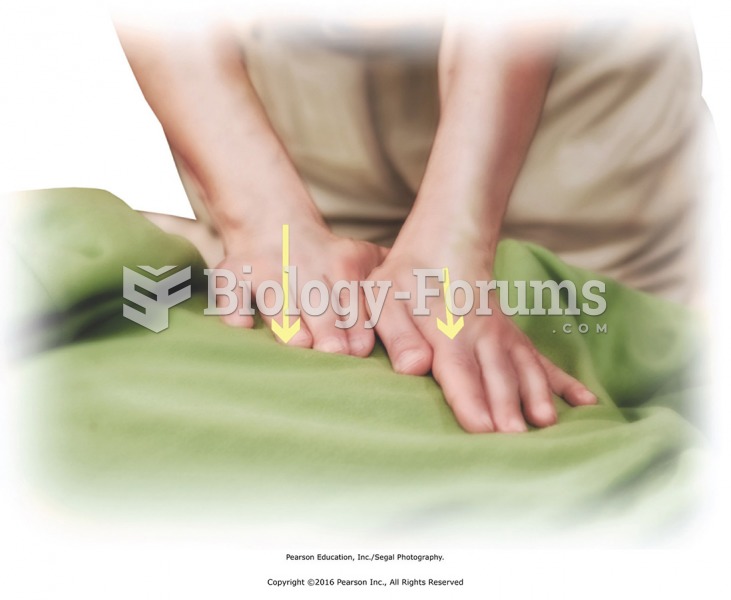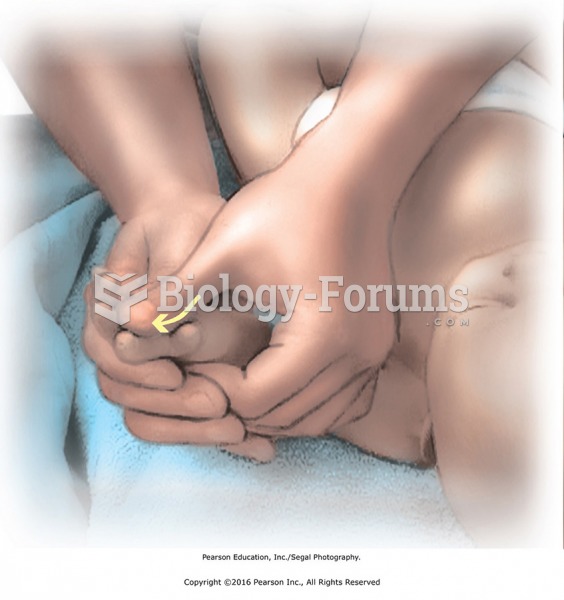Answer to Question 1
Answers: a, d, e
Subcutaneous heparin is considered low-dose heparin and is not monitored by aPTT levels. The
area should not be massaged after injection; this might lead to increased bruising.
Answer to Question 2
Before she gets out of the wheelchair, ask her if she can stand to transfer to the bed, and observe
her ability to communicate, general skin color, respiratory rate and pattern, and balance and
coordination (safety issues for ambulation and self-care). In addition, you will be able to assess her
general hygiene status.
Place your hands on the patient's skin to note temperature, turgor, and moisture on the skin; this
can be done while obtaining initial vital signs (VS).
Observe the following as she moves from the wheelchair to the bed: gait, strength of arms and
legs, need for assistance, balance, coordination, effort, change in color, change in respiratory
pattern as she exerts herself. You can also check her feet for swelling as she transfers from the
wheelchair to the bed.
Answers:
2. A
3. I; activity should be up in chair/ambulate with assistance.
4. I; diet should be 2 g sodium (low sodium).
5. A
6. A
7. A
8. I; not necessary at this time.
9. I; dose should be 5000 units bid.
10. A
11. I; no current indication for antibiotic therapy.
12. I; 200 mg is too large a dose; a dose of 20 to 40 mg might be more appropriate.
13. I; dosage for sublingual (SL) NTG if chest pain is present is one tablet SL every 5 minutes, repeat
in 5 minutes 2 if chest pain is not relieved, up to three tablets total. Call the staff on-call
physician if no relief after the first tablet; every 4 hours is an incorrect interval.
1. I; VS should be every 4 hours.
14. A
Missing orders:
Obtain 12-lead electrocardiogram (ECG) to note any ischemic changes or rhythm problems. Specify
12-lead ECG.
Potassium at 3.5 mEq/L. Potassium level is borderline low; should consider adding potassium to
the continuous IV solution or giving oral potassium supplementation.
Based on serum magnesium results, magnesium supplementation might be required.
Nonenteric aspirin (ASA) 325 mg PO should be given. The initial dose of ASA in the ER should be
325 mg, chewed. Thereafter, the usual dose is 81 mg PO daily.
Thyroid-stimulating hormone (TSH). Subclinical hypothyroidism is now recognized as a risk factor
for heart failure (HF).
Brain natriuretic peptide (BNP) might be ordered to check for HF.
Oxygen therapy. Check Spo2 and administer oxygen as needed.


